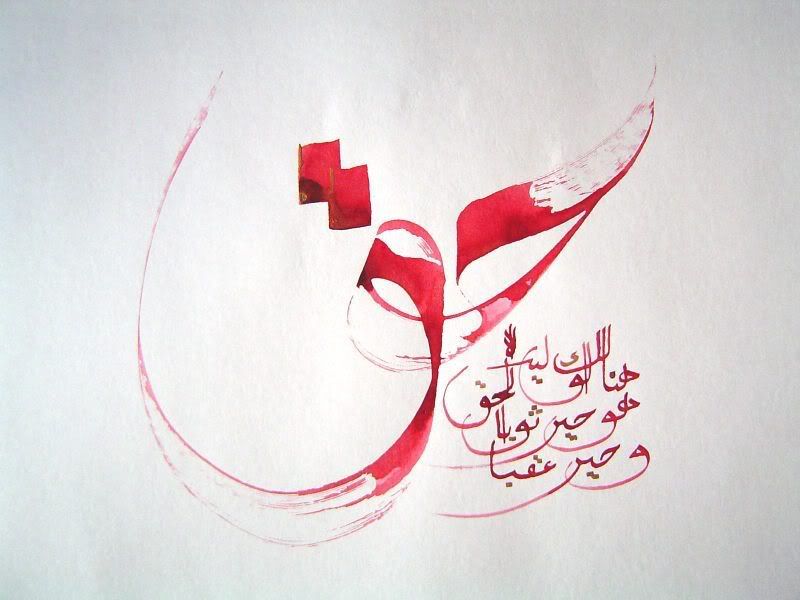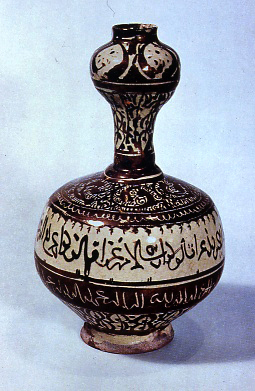
Search This Blog
Friday, September 11, 2009
Tuesday, September 8, 2009
Indigenous People
 Have you ever wanted to explore the world?Aren't you curious whats out there other than the things that you normally see everyday?The world is a vast place to explore and to let your senses feel the things you never did.Gaining such experience would be one of a kind and memorable.One of the things that made me well curious would be the Maori tribe in New Zealand.I think its amazing how they preseve their way of living and are able to acheive the same success as the general population of New Zealanders.You should know that are two classes of people that make New Zealand.They are:
Have you ever wanted to explore the world?Aren't you curious whats out there other than the things that you normally see everyday?The world is a vast place to explore and to let your senses feel the things you never did.Gaining such experience would be one of a kind and memorable.One of the things that made me well curious would be the Maori tribe in New Zealand.I think its amazing how they preseve their way of living and are able to acheive the same success as the general population of New Zealanders.You should know that are two classes of people that make New Zealand.They are:a)Pakena are white people whose ancestors lived in Europe
b)Maori are brown people whose ancestors lived in New Zealand for many generations.
Although there are two classes,they are not separated but are all equal New Zealanders.The Maori tribe still resides at North Island.Lifestyles of the Maori people are different from then and now.This happened during the mid 1800's,when Christians and Protestants began to work in New Zealand.By 1840 almost all in the Maori population became Christians.The word maree refers to a piece of land owned in common by a subdivision of the tribe.It is usually used as a meeting place.
In this modern era of fast changes and the new up and coming technolog y,this mentioned tribe do their best in preserving their old culture and tradition.Maori people define themselves by their:
y,this mentioned tribe do their best in preserving their old culture and tradition.Maori people define themselves by their:
a)iwi (tribe)
b)hapu (sub-tribe)
c)maunga (mountain)
d)awa (river).
Whanau is the name given to a family.This term embraces immediate family, in-laws and all those that are related ny blood.
Recently,more effort was put in to preserve their culture.At kohanga reo(kindergarden),preschool children are encouraged to speak in Maori. Primary and secondary schools build on  this early immersion by including Maori in the curriculum.
this early immersion by including Maori in the curriculum.
Furthermore,marae provides a focus for social, cultural and spiritual life. The term marae describes a communal 'plaza' area that includes a wharenui (meeting house) and wharekai (dining room).
Te Reo Maori - the Maori Language
Kia ora - Hello
Kia ora tatou - Hello everyone
Tena koe - Greetings to you (said to one person)
Tena koutou - Greeting to you all
Haere mai - Welcome
Nau mai - Welcome
Kei te pehea koe? - How's it going?
Kei te pai - Good
Tino pai - Really good
Haere ra - Farewell
Ka kite ano - Until I see you again (Bye)
Hei konei ra - See you later
The famous known tradition of the Maori tribe would be the Haka.This dance is usually seen at rugby matches.It is commonly known as a war dance but in fact it is just a dance accompanied by music.The history of the first use of the haka in the was attributed to the chief Tinirau and to his womenfolk.Tinirau desired revenge for the killing of a pet whale, so he sent a hunting party of women to find the man responsible, an old tohunga(priest) called Kae. The women didn't know what Kae looked like, but they knew he had uneven teeth that overlapped.When the women arrived at Kae's village they performed the haka to force a smile from the men in order to uncover Kae's identity.Finally,Kae was captured and taken back to Tinirau's village where he was killed.So that is how Haka came about.
Islamic Art





During the 13th century, another form of calligraphy was introduced known as Taliq. Later, the Nastaliq form appeared which is a combination of Naskhi and Taliq. This form is used in Shahnameh manuscripts, literary works of Iran poets. Besides that, there is also the Diwan or Diwani calligraphy. Although adopted as the official writing of Turkey, it is seldom used in works of art or manuscripts.




Other than that, the ceramics of Islamic religion also possessed artistic values. The creation, designs and art of decorating these fragile items were greatly influenced by Chinese ceramics. The ceramics are mostly decorated with only two different colours, but some are multicoloured, adding to their beauty and uniqueness. The basic ceramics are glazed porcelains and tricolour glazed porcelains. The objects created are mainly everyday objects such as teapot, incence burner, pottery, bowls and candle holder.


Metalwork are not left out in the Islamic art. Compared to other forms of art, metalwork has attained a high standard of technical development and representation in Islamic arts. The metalworks are historically influenced by Sassanian and East Asian arts. Gold and silver were rarely used because the prohibition on it's use for men in Islamic faith. The products of metalwork are usually weapons and armor. The blades are carved with intricate designs and calligraphy or are sometimes inlaid with jewels like ruby or emerald.

Conclusively, Islamic artists create their works of art out of observation, perception and intimate experience of the environment. Muslim artists are constrained by certain religious imperatives. For instance, they must accept that space (the environment) is created by Allah and they themselves are also Allah's creation. They must accept Allah's oneness. Therefore, their creation should not be too extreme because such an act can affect their faith and consequently drove them to be proud or arrogant. Hence, Muslim artists are prohibited from creating human figurines or use human forms in their creations, lest they be tempted into idolatory or polytheism.
